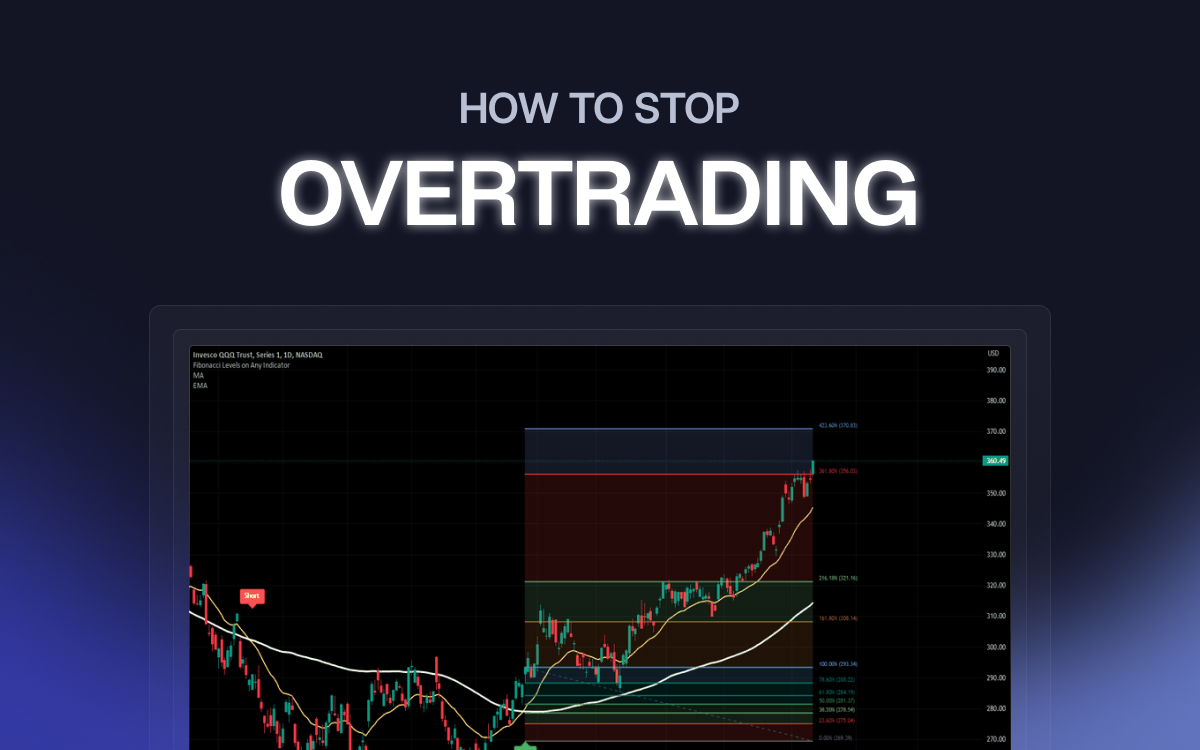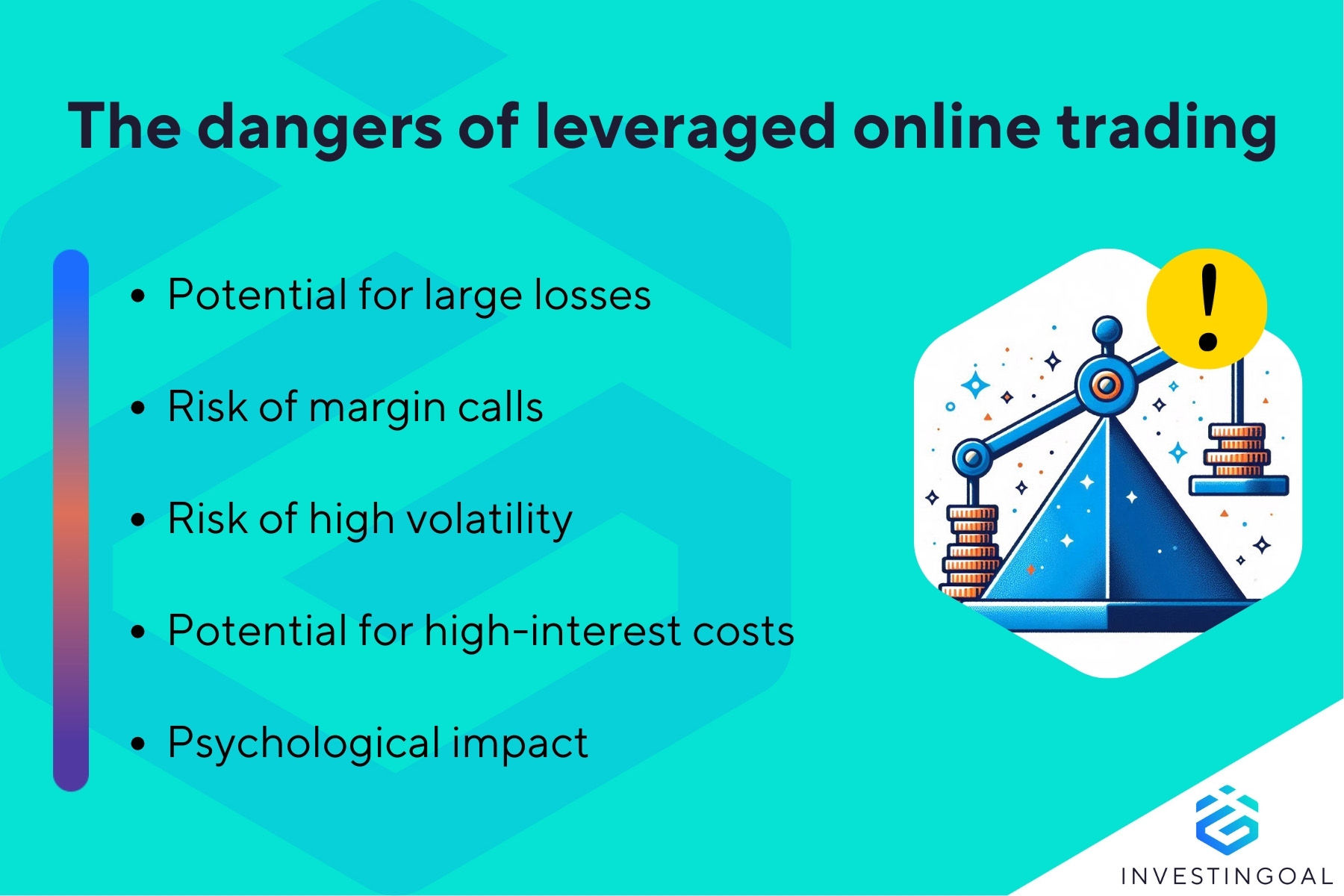Did you know that nearly 90% of day traders lose money? It’s like playing poker with a deck stacked against you! In this article, we delve into the biggest risks associated with day trading, highlighting the emotional pitfalls that can cloud judgment, such as impulsive decision-making and psychological stress. We explore common financial losses, the dangers of leverage, and the impact of market volatility and liquidity on trading success. Additionally, we discuss the perils of overtrading, high-frequency strategies, and the critical mistakes that new traders often make. Finally, we emphasize the importance of having a solid trading plan and effective risk management to safeguard against sudden news events and unpredictable market fluctuations. At DayTradingBusiness, we equip you with essential insights to navigate these challenges and improve your trading strategy.
What is the main danger of day trading?
The biggest risk in day trading is losing all your invested capital quickly due to high volatility and leverage.
How does emotional decision-making impact day trading risks?
Emotional decision-making in day trading leads to impulsive trades and poor risk management, increasing losses. When traders let fear or greed drive choices, they often ignore technical signals and set unrealistic goals. This emotional bias causes overtrading, panic selling, or holding onto losing positions, amplifying financial risks. Staying calm and disciplined reduces these errors, but emotional trading heightens the risk of significant losses.
What are the common financial losses in day trading?
The biggest risk in day trading is losing significant money quickly due to market volatility, poor timing, or emotional decisions. Common financial losses include rapid account depletion from large, impulsive trades, overleveraging leading to margin calls, and holding onto losing positions that drain capital. Many traders face losing streaks that wipe out a substantial portion of their funds if they don’t manage risk properly.
Why is leverage risky in day trading?
Leverage is risky in day trading because it amplifies both gains and losses. If the market moves against your position, your losses can quickly exceed your initial investment, leading to significant financial damage or margin calls. High leverage makes it easy to wipe out your account in volatile swings, turning small price changes into large, unpredictable losses.
How does market volatility affect day traders?
Market volatility increases the biggest risk in day trading by causing rapid price swings, making it harder to predict moves and increasing potential losses. High volatility can lead to quick gains but also sharp, unpredictable declines, forcing day traders to react fast and manage risk carefully. It amplifies the chance of getting caught in sudden downturns or whipsaws, risking capital with every trade.
What role does liquidity play in day trading risks?
Liquidity determines how quickly you can buy or sell assets without affecting their price. Low liquidity causes wide spreads and slippage, making it harder to exit trades at desired prices and increasing the risk of losses. In day trading, poor liquidity can lead to missed opportunities or forced trades at unfavorable prices, heightening overall risk.
How can overtrading increase your risk exposure?

Overtrading increases your risk exposure by amplifying transaction costs, causing emotional decision-making, and leading to larger losses. It pushes you to take excessive positions, magnifying the impact of market swings. This behavior often results in poor risk management, making you vulnerable to bigger, uncontrolled losses during volatile moves.
What are the risks of using high-frequency trading strategies?
The biggest risk in day trading with high-frequency strategies is rapid, significant financial loss due to market volatility, algorithm errors, or technical glitches. These trades can amplify small market moves into large losses in seconds. Additionally, high-frequency trading often relies on extremely fast connections, so any lag or system failure can cause costly misfires. Regulatory scrutiny and potential bans also pose long-term risks.
How does lack of experience lead to greater losses?

Lack of experience causes bigger losses in day trading because beginners often misjudge market moves, enter bad trades, or fail to manage risks properly. Without understanding technical analysis, they miss signs of reversals or volatility, leading to impulsive decisions. Inexperienced traders also struggle with emotional control, making panic sells or overtrading that wipe out gains. They underestimate the importance of stop-loss orders and position sizing, increasing exposure to large, avoidable losses. Ultimately, their unfamiliarity with market patterns and risk management shortcuts makes losses grow faster.
What are the biggest mistakes new day traders make?
The biggest risk in day trading is overleveraging, which amplifies losses. New traders often chase quick profits, ignoring risk management. They also tend to panic sell during dips, locking in losses. Ignoring a solid trading plan and emotional trading are common pitfalls. Relying on tips instead of analysis leads to poor decisions. Lastly, underestimating market volatility can cause unexpected, severe losses.
How does timing influence risk in day trading?
Timing affects risk in day trading because entering or exiting trades at the wrong moment can cause significant losses. Poor timing—like buying just before a sudden drop or selling during a quick rally—amplifies exposure to market volatility. Fast-moving markets mean small delays can turn into big losses, so precise timing is crucial. Missing the optimal entry or exit point increases the chance of unfavorable price movements. Ultimately, poor timing heightens the risk of losing capital quickly in day trading.
Learn about How does poor timing amplify risk in day trading?
What are the risks of not having a solid trading plan?
The biggest risk in day trading without a solid plan is significant financial loss. Without clear strategies and risk management, you’re vulnerable to impulsive decisions, emotional trading, and overexposure. This can lead to huge swings in your account, missed opportunities, and ultimately, losing your capital.
How do sudden news events increase day trading risks?
Sudden news events cause rapid market swings, making prices unpredictable and increasing day trading risks. They can trigger sharp declines or spikes, catching traders off guard and leading to significant losses. Unexpected news like economic reports or geopolitical developments can break technical setups, forcing quick decisions under pressure. This volatility amplifies the risk of misjudging entry or exit points, especially for short-term traders.
Learn about How does lack of a trading plan increase day trading risks?
Why is poor risk management a major threat?
Poor risk management is the biggest threat in day trading because it exposes traders to massive losses from small market moves. Without proper stop-losses or position sizing, a single bad trade can wipe out gains or ruin accounts entirely. It leads to emotional decision-making, increasing the chance of reckless trades. Effective risk control keeps losses manageable, preserving capital for future opportunities, which is crucial in the fast-paced world of day trading.
How does psychological stress impact day trading decisions?

Psychological stress clouds judgment, making traders impulsive or overly cautious. It triggers emotional reactions like fear or greed, leading to rash decisions. Stress reduces focus, causing missed signals or overtrading. In high-stress moments, traders might ignore their strategies, increasing the risk of costly mistakes. Overall, stress hampers rational thinking, amplifying the biggest risk in day trading: significant financial loss.
Learn about How Do Fear and Greed Impact Day Trading Decisions?
Conclusion about What Is the Biggest Risk in Day Trading?
In conclusion, the biggest risk in day trading stems from a combination of emotional decision-making, lack of experience, and inadequate risk management strategies. Understanding market volatility, liquidity, and the dangers of overtrading are essential for mitigating potential losses. To navigate these challenges effectively, traders must develop a solid trading plan and remain vigilant about the psychological aspects of trading. By prioritizing education and implementing sound strategies, day traders can minimize risks and enhance their chances of success. DayTradingBusiness is here to provide the insights and support necessary for navigating the complexities of day trading.
Learn about What should I know about leverage risk before day trading?